Mercedes-Benz Classic Authentically Reproduce a 80 Year Old Legend
Mercedes-Benz Classic has mounted an authentically replicated spaceframe and a cutaway DB 603 engine on the original chassis of the legendary Mercedes-Benz T 80 record attempt vehicle. This is the first time this behemoth from 1939 can be admired by the public in this form. The unique exhibit provides a comprehensive insight into a design that was intended to produce the world’s fastest land vehicle. The “Model 80” was the brainchild of racing driver Hans Stuck. It was designed by Ferdinand Porsche on behalf of the then Daimler-Benz AG from 1936 onwards – originally for a target speed of 600 km/h.
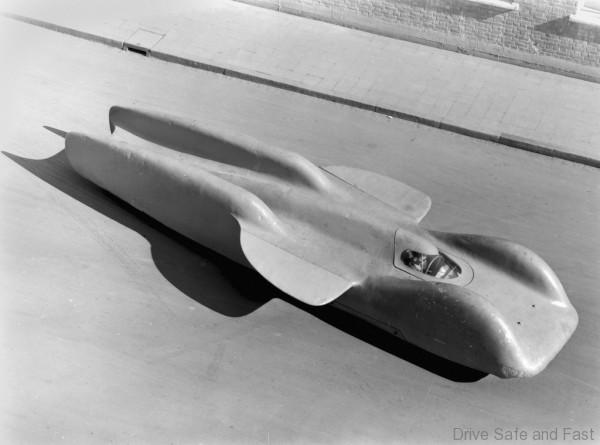
It was to be powered by a Mercedes-Benz aircraft engine. Owing to the Second World War, the record-breaking attempts planned for February 1940 on the autobahn near Dessau never took place, and the T 80 was unable to show its capabilities. In June 1940 the vehicle was placed in storage without its engine. The original body has been on display in the Mercedes-Benz Museum for many years. The chassis is now being shown as a separate exhibit for the first time.

The experts at Mercedes-Benz Classic have used the original chassis of the T 80 record-breaker and an authentically reconstructed spaceframe, which originally served as a supporting frame for the body and now highlights the dimensions and form of this unique vehicle. This means that the innards of the T 80 are presented just as they were designed and built by Mercedes-Benz eight decades ago.
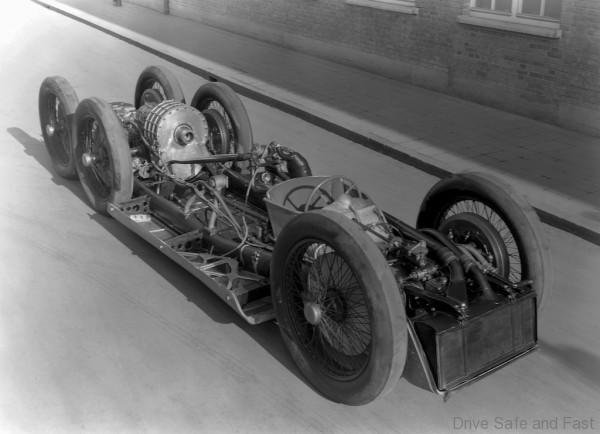
The decision to go ahead with this spectacular project was taken in April 2017: the original chassis of the T 80 was to be made exhibitable – purely as a non-driveable display object. That was a tall enough order. Because around 80 years have left their mark on the chassis and powertrain.
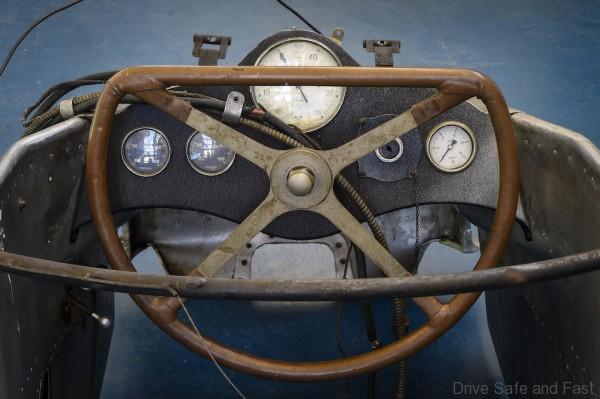
The complete cockpit with its leather steering wheel, pedal cluster, instruments and driver’s seat with the original fabric upholstery is fully preserved. The instruments of the T 80 are a rev counter graduated up to 4,000 rpm as the central instrument, an oil pressure gauge and two temperature instruments for oil and coolant.

The vehicle was started using an external starter on the clutch housing, and the dashboard only has an ignition key which powers up the ignition magneto. The model plate inscribed with “Daimler-Benz Aktiengesellschaft Typ 80” is attached to the left of the driver’s seat.
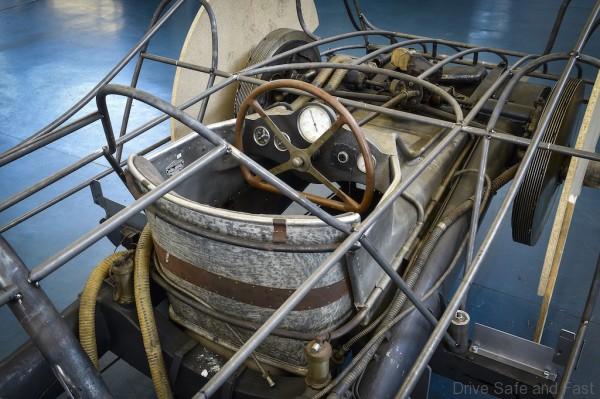
To present the chassis as an original document of its era, the specialists at Mercedes-Benz Classic first carefully preserved all the mounted parts. This provided the basis for an exhibit that impressively shows the traces of time.
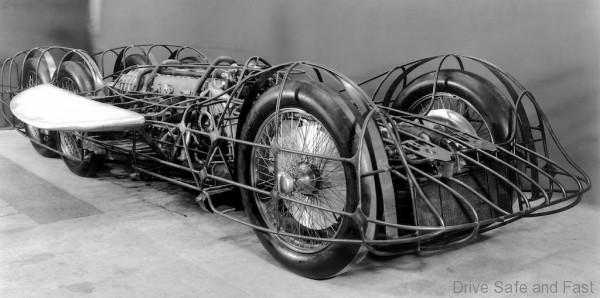
It was a stroke of luck that the company’s collection also includes a DB 603 aircraft engine. Because the original engine of the T 80 was a test engine from the aircraft engine development department in Untertürkheim. It belonged to the Ministry of Aviation, which made it available for the world record project vehicle. When the planned record-breaking attempts were cancelled owing to the breakout of the Second World War, the engine was returned to the aircraft engine department. This original engine for the T 80 is lost without a trace.
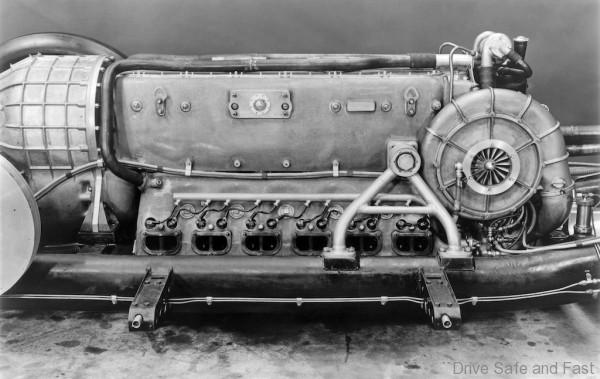
The aircraft engine now installed in the chassis comes from later series production of the DB 603. The series production engine’s connecting dimensions differ from those of the test engine; therefore the connection to the centrifugal clutch of the original chassis is not an exact fit. Nevertheless, Mercedes-Benz Classic decided to go ahead and complete the chassis with this engine: firstly because the DB 603 engine once again makes the astonishing overall dimensions of the T 80 obvious. And secondly because the engine from the collection is a cutaway engine. It allows profound insights into the technical details, and perfectly rounds off the demonstration exhibit of the T 80 with its open spaceframe as a substructure.
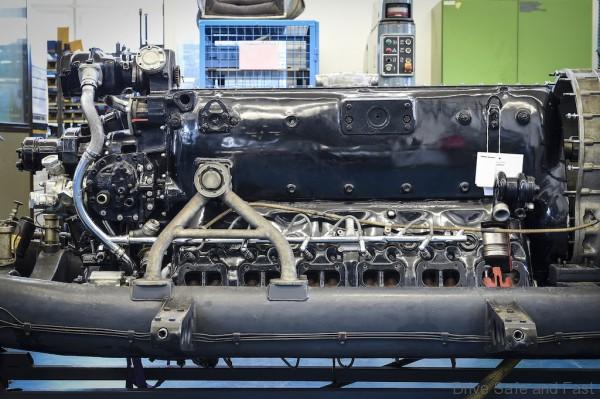
The original spaceframe of the T 80 together with the body and wheels is part of the permanent exhibition at the Mercedes-Benz Museum. The Mercedes-Benz Classic specialists therefore welded a new spaceframe on the basis of original drawings from the archives. The six wire-spoked wheels with treadless tyres are likewise faithfully reproduced.
Building the tubular frame took a total of about three months. Around 150 metres of steel tubes with an external diameter of 20 millimetres and a wall thickness of 1.5 millimetres were used. As during the construction of the original, copies of the design drawings were hung on the workshop wall when the work was carried out to serve as a reference for faithful reconstruction. All in all, the Mercedes-Benz Classic archives hold approximately 500 drawings relating to the T 80.
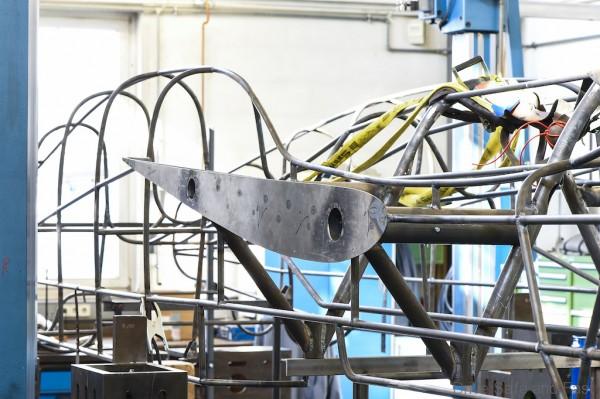
The specialists used these plans to take precise measurements for reconstruction of the frame. In addition, they examined the original spaceframe at the Mercedes-Benz Museum. Reference points for the body connections and supports were registered in addition to the internal dimensions and the attachment points for the wings. As the original T 80 is exhibited on the banked curve of the “ Fascination of Technology” area, the specialists were obliged to secure themselves with professional mountaineering equipment when taking their measurements.
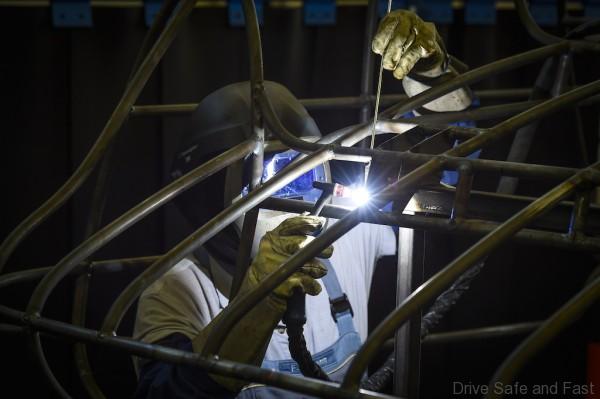
The data obtained were used to build the new spaceframe by hand with the help of cardboard templates. Like the original, it is painted in matt silver. And as before, it is attached to the chassis with eight bolts and quick-release catches to allow good access to, for instance, the wheels and engine for maintenance work. An inserted side fin on the left completes the T 80 exhibit. This is the only component of the exhibit to be clad with lightweight aluminium panelling for demonstration purposes.
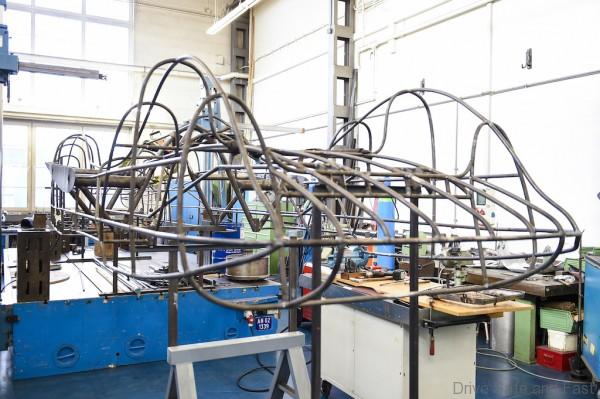
The combination of the chassis and spaceframe makes the enormous body dimensions and the nonetheless elegant impression of the T 80 obvious: with its body, the world record project vehicle is 8,240 millimetres long and just 1,740 millimetres wide (without side fins), and around 1,270 millimetres high. The spaceframe for the exhibit is the largest construction of its type ever undertaken by Mercedes-Benz Classic.
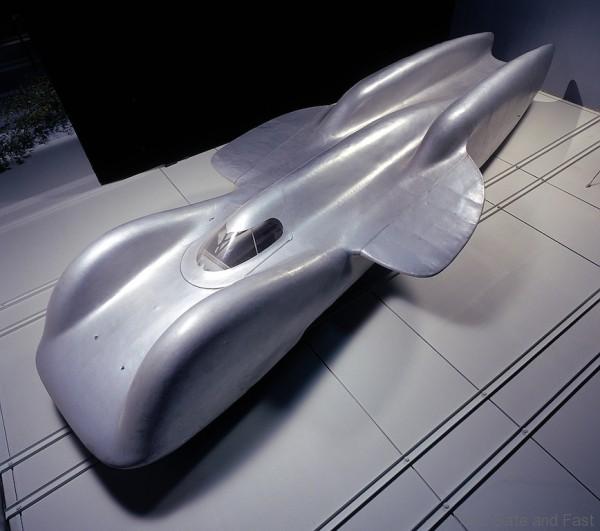
How closely the body contours follow the chassis can be seen particularly clearly. Some of the tubes also have slightly flattened sections so that the spaceframe and body follow the major assemblies even more closely: the engineers used every available millimetre in the interests of aerodynamics, allowing only those gaps that seemed necessary for the vehicle to operate at the hoped-for maximum speed of 650 km/h.
Using the original chassis of the Mercedes-Benz T 80, Mercedes-Benz Classic has created a spectacular standing exhibit through close cooperation between the archives and the workshop. It provides an insight into the technology of the 1930s – and into an era of legendary record-breaking attempts prompted by the innovative spirit of intrepid engineers.














